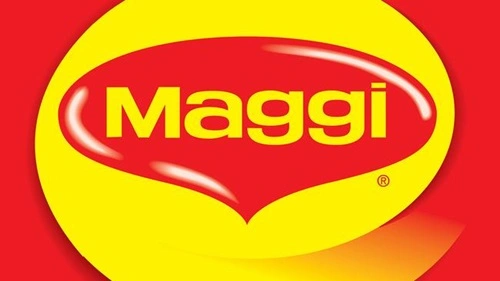Maggi, a subsidiary of Nestlé, continues to be a dominant player in the global instant food industry, particularly in markets like India. A comprehensive SWOT analysis—examining Strengths, Weaknesses, Opportunities, and Threats—provides insight into Maggi’s current position and future prospects.
Strengths
1. Strong Brand Recognition and Loyalty: Maggi has established itself as a household name, especially in India, where it holds a significant market share in the instant noodles segment. The brand’s association with quick and tasty meals has fostered a loyal customer base.
2. Diverse Product Portfolio: Beyond instant noodles, Maggi offers a variety of products, including sauces, soups, and seasonings, catering to a wide range of consumer preferences. This diversification strengthens its market presence and reduces dependency on a single product line.
3. Adaptation to Local Tastes: Maggi has successfully tailored its products to suit regional flavors, particularly in countries like India and Malaysia, enhancing its appeal across diverse markets.

Weaknesses
1. Health Concerns: The brand has faced criticism regarding the nutritional content of its products, particularly concerning high levels of sodium and the presence of monosodium glutamate (MSG). Such health concerns can affect consumer perception and demand.
2. Overdependence on Key Markets: A significant portion of Maggi’s revenue is derived from specific markets like India. This overreliance makes the brand vulnerable to regional market fluctuations and regulatory challenges.
3. Past Controversies: Incidents such as the 2015 ban in India due to alleged excessive lead content have impacted the brand’s reputation. Although Maggi has made a strong comeback, lingering skepticism among some consumers persists.
Opportunities
1. Expansion into Healthier Product Lines: With increasing health consciousness among consumers, Maggi has the opportunity to develop and market healthier alternatives, such as whole-grain noodles or products with reduced sodium content, to cater to this growing segment.
2. Growth in Emerging Markets: Expanding into untapped rural and semi-urban areas, particularly in developing countries, can drive growth. Tailoring products to local tastes and price points can enhance market penetration.
3. Digital Marketing and E-commerce: Leveraging digital platforms for marketing and expanding e-commerce channels can increase brand visibility and accessibility, especially among younger, tech-savvy consumers.
Threats
1. Intensifying Competition: The instant food market is becoming increasingly competitive, with numerous local and international brands vying for market share. This competition can lead to price wars and reduced margins.
2. Regulatory Challenges: Stringent food safety regulations and the potential for future controversies pose risks. Non-compliance or negative findings can lead to product bans, recalls, and damage to brand reputation.
3. Rising Production Costs: Increasing costs of raw materials and logistics can impact profitability. For instance, reports indicate that Maggi prices are likely to rise from January 1, 2025, due to escalating production expenses.
Conclusion
As of 2025, Maggi remains a formidable entity in the instant food sector, bolstered by strong brand recognition and a diverse product range. However, addressing health concerns, reducing dependency on key markets, and navigating regulatory landscapes are crucial for sustained success. By capitalizing on opportunities such as product innovation and digital engagement, Maggi can continue to thrive amidst evolving market dynamics.














